Hemm sclerotinia it is a disease that causes the collar and stem to rot in numerous agricultural crops. The pathology is due to the action of several fungal pathogens of the family of Sclerotinaceaeġeneru Sklerotinja. The most widespread and fearsome are Sclerotinia sclerotiorum u S. minor. The fungus is very polyphagous, it mainly affects greenhouse crops, but also those in the open field.
To defend crops from this disease, pathogen recognition in the field, adequate preventive agronomic measures and the use of biofungicides (permess fil-biedja organika).
Identification of sclerotinia and damage to plants
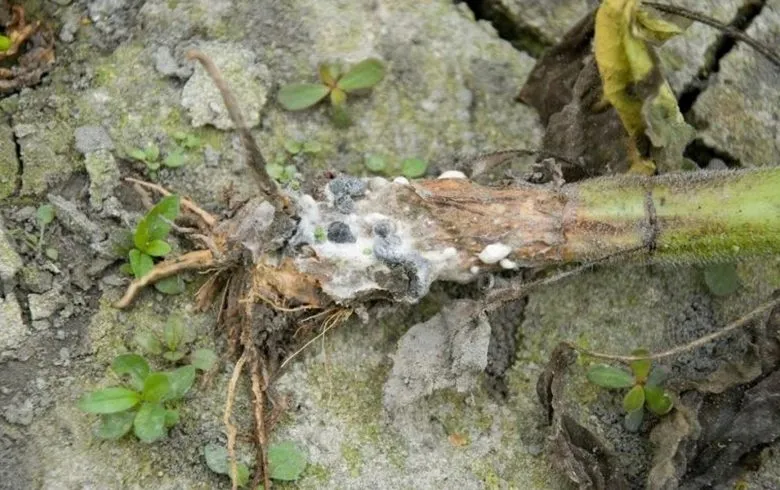
Sclerotinia is recognized by the formation of areas of rot near the collar or along the stem. The attack usually develops on already developed plants and the affected areas appear browned and then rotten. The rot is due to the formation of a whitish and cottony mass. On this mass, then, the typical blackish spots called sclerotia, circular in shape and about 5-10 mm in diameter. Affected plants perish in a short time and wither, eventually collapsing if the infection progresses by attacking the internal tissues. Fruit close to the ground can also be affected, resulting in blackish-brown lesions.
Crops affected by sclerotinia
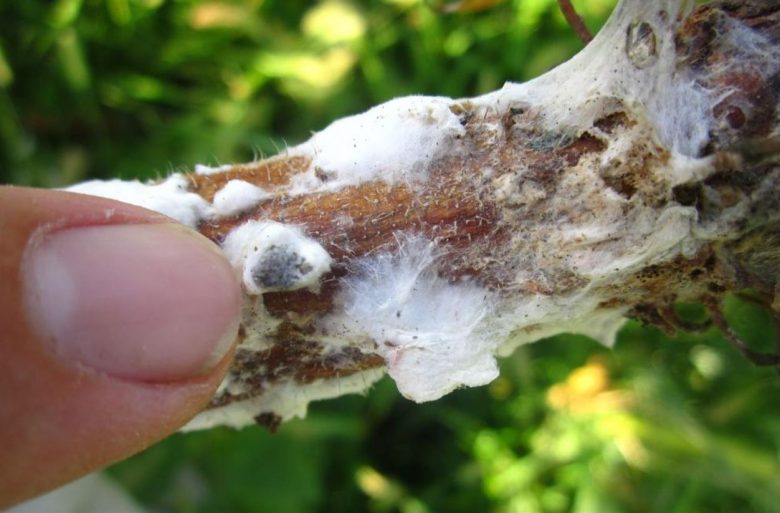
As we said, sclerotinia is a very polyphagous fungal disease, which means that it attacks numerous cultivated plants. Among the vegetables, the most susceptible are: insalati, tadam, bżar ħelu, ravanell, kaboċċi, zunnarija, karfus, bużbież, fażola ħadra, bowler, ħjar, Zucchini, qaqoċċ. Among the extensive crops we have: qanneb, ġirasolrapeseed, soy.
Conservation of the pathogen
Sclerotinia overwinters in the form of sclerotia in infected residues of vegetation left on the ground. The great danger of the pathogen is due to the fact that the sclerotia are kept viable even for 10 years. The preservation of the mushroom can also take place in the seeds. The infecting organs are the ascospores released in the spring by the ascus. These are contained in the apothecia differentiated from the sclerotium.
Favorable environmental conditions
For the germination of the sclerotium, favorable temperatures are between 15 and 28 ° C, with high ambient humidity. For this reason it is greenhouse crops that are most affected, also considering the poor aeration of the protected crop. In the open field, mild and rainy spring seasons are favorable to the onset of sclerotinia.
How to prevent sclerotinia
Due to the long storage of the pathogen in the soil, sclerotinia is a difficult disease to fight. On fields affected in previous years, and where infected residues have been buried, a long rotazzjoni tal-għelejjel, keeping the land fallow. For this reason, the best thing to do is to uproot and remove the crop residues affected by the disease from the field. This operation should be done immediately, as soon as you notice an affected plant, otherwise the risk of the disease spreading to the entire field. It is obvious that on extensive crops it is impractical. Fundamental, then, is an adequate hydraulic-agricultural arrangement of the field, so as not to cause water stagnation which are predisposing to the disease. In addition, the use of contaminated (semi) vegetative material should be avoided. Finally, it is good practice always clean and disinfect tools if particular cultivation operations are carried out on plants, for example the żbir.
How to get rid of sclerotinia
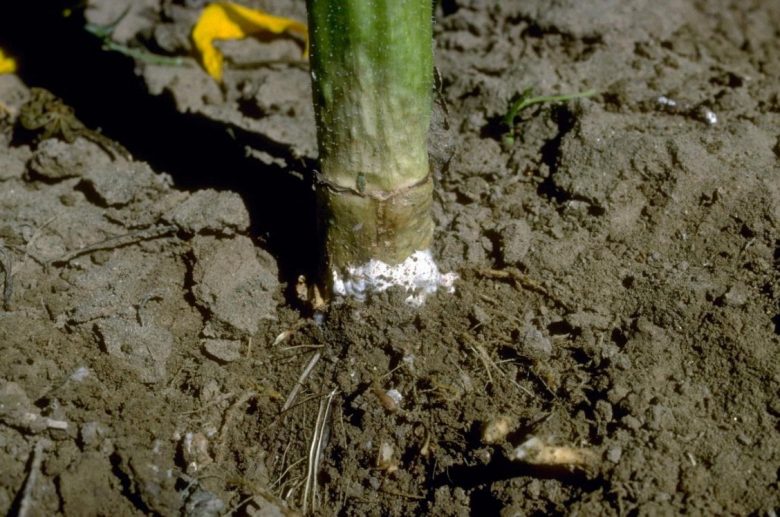
In the biological fight against sclerotinia, the Coniothyrium minitansthat is a mycoparasitic fungus that attacks the hyphae and the sclerotia of the genus Sklerotinja. This biofungicide is very effective against sclerotia present in the soil, less so on the active pathogen now present on the crop. This is because the mycelium of Coniothyrium minitans grows slower than the pathogen’s sclerotia. The biofungicide therefore has a preventive action and is applied at the end of the crop cycle on the soil and, if there are any, on the residues. Once sprayed, it is incorporated into the soil with the tillage. The advice given is to carry out the treatment at least 2-3 months before the new cultivation, so as to devitalize the sclerotia and prevent a new cycle of the disease.
mycorrhizae
Always as a preventive measure and for ground treatments, the mikorizeespecially those of the genus Trichodermarazza Asperellum. In addition to soil treatment, it is possible to intervene in an emergency against sclerotinia attacks on plant vegetation, using the microorganism Bacillus subtilis aħna diġà qallek dwar.

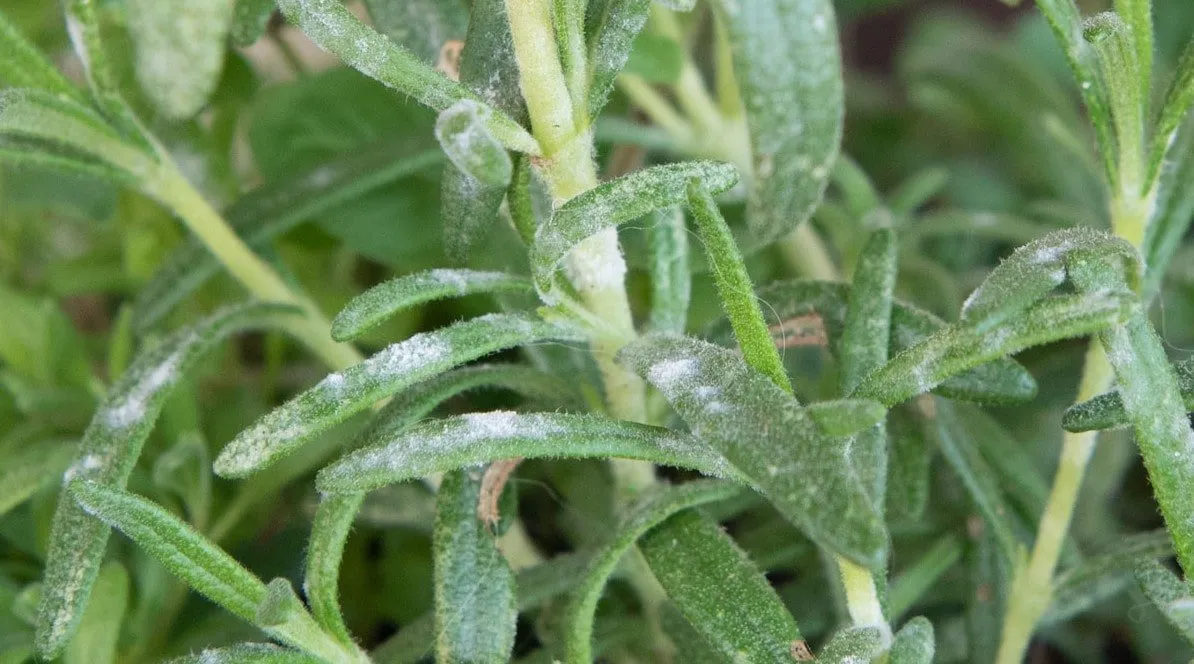
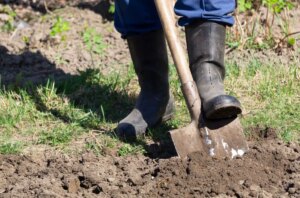
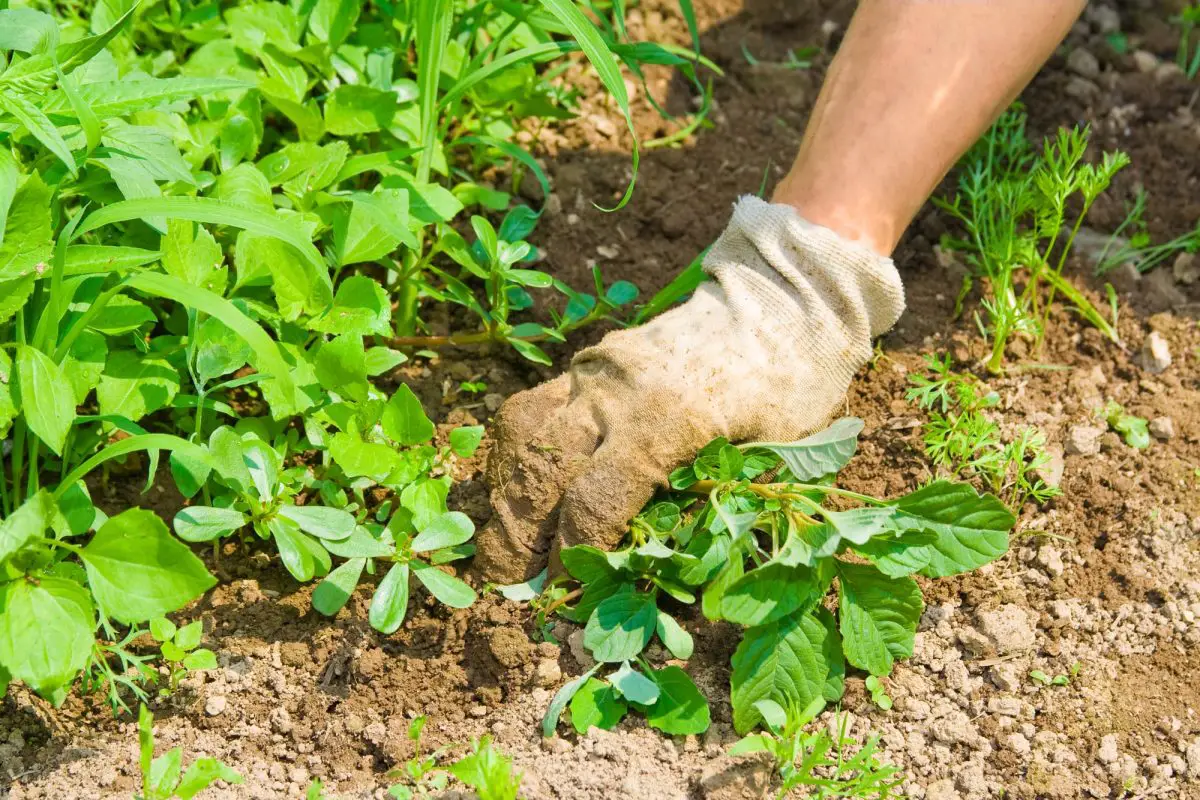
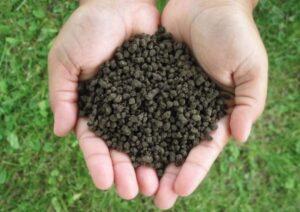
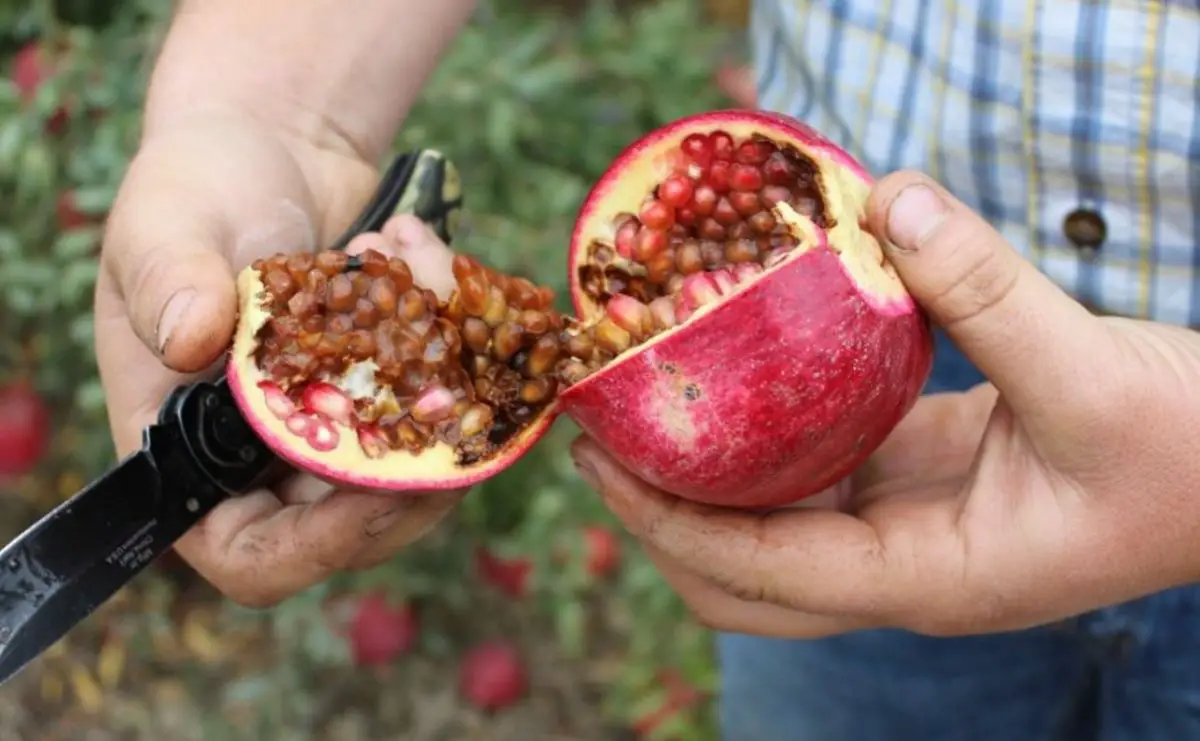

Ibda Thread ġdid